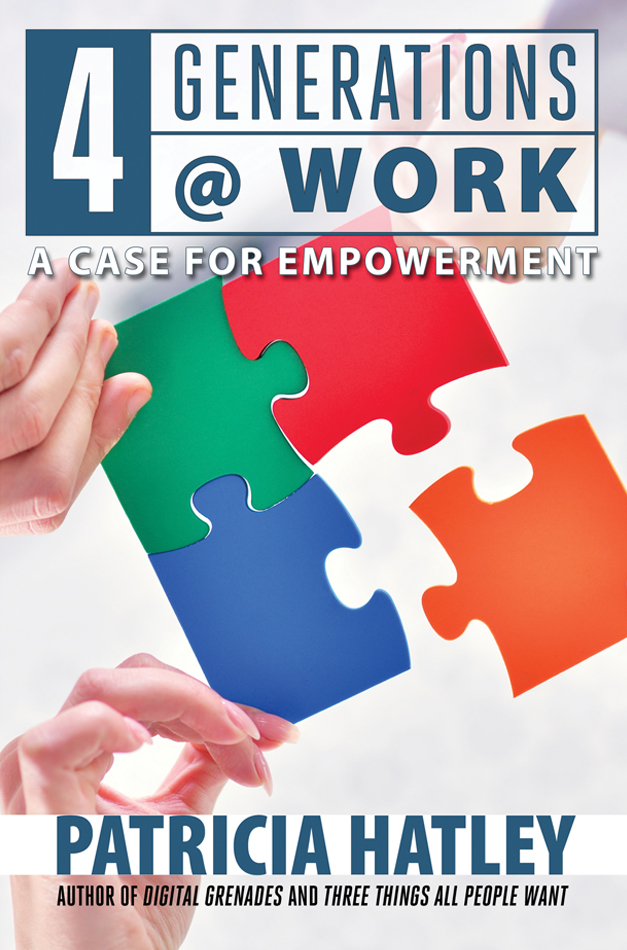Organizational leaders are scrambling to find solutions to what has become the world’s most challenging issue—how to effectively integrate the multiple generations into the workplace to arrive at results. The digital world is changing the way people think, work, learn, shop, and live.
There are four generations in the workplace who due to the era in which they grew up have divergent values and preferences. Bridging the generational gap between cohorts is vital if organizations are to thrive in the future. Today’s workplaces are becoming increasingly heterogeneous, a trend that will continue to evolve for the next decade. Yet few organizations look at generational preferences when developing diversity strategies--Poor workplace performance results.
Leadership preferences have changed. No longer is fear-based, authoritative, machine-age leadership tolerated. The world has moved from a Machine Age to a Knowledge Worker Age where knowledge and people are the most valuable assets. Success depends on the organizational leaders’ ability to inspire its people to the highest level of performance. Yet people cannot be treated like machines. On the other hand, you can symbolically look at machines with gears and wheels in comparison to collaboration and people in today’s world. With machines, if the gears do not work together, the machine will stop. In today’s world, if people do not collaborate (work together), organizational performance can literally ground to a halt. Operational performance is reduced; sustainable shareholder value declines. Yet most leaders today are still in machines-and-gears mode.
- Never has diversity been as important to organizational success as it is now; and will become even more so over the next several years.
- Further, in making decisions on where to invest, investors are looking for organizations with people-oriented cultures paired with strong accountabilities, because it has been proven that such organizations can arrive at sustainable shareholder value more easily.
- Another dilemma is how to attract and retain top talent, especially with declining birth rates and fewer candidates in the job market.
- These issues are not confined to the workplace—they impact all organizations, including families, non-profits, education, government, and places of worship.
Everyone will find him or herself in this book, as well as friends, family members, community leaders, and workplace colleagues. This book is for anyone who wishes to understand him or herself better, and especially for the leader who wishes to be the kind of leader this world demands—a leader who strives to maximize peoples’ potential—help people succeed, and lead the organization to success.
